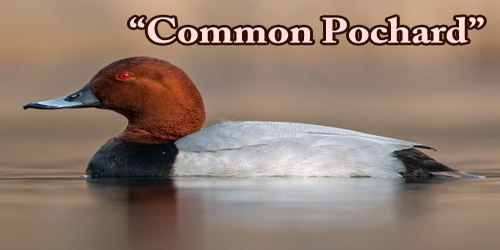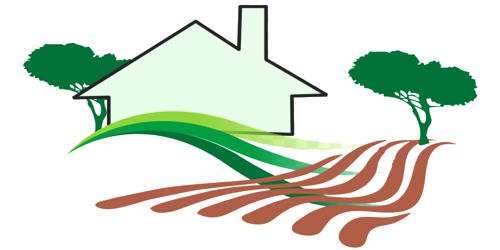The common pochard (/ˈpɒtʃərd/; Aythya ferina) is a common diving duck of Eurasia; it is a medium-sized diving duck. They are only extremely rare vagrants in North America, with most sightings occurring in the Aleutians or west Alaska, but sightings have occurred in California and Saskatchewan too. They are environmentally friendly counterparts, and very similar to the Redhead duck found in North America. The scientific name is derived from Greek aithuia an unidentified seabird mentioned by authors including Hesychius and Aristotle, and Latin ferina, “wild game”, from ferus, “wild”. The adult male is wearing a long dark bill with a white band, a redhead and collar, a black breast, red eyes, and a grey back. The adult female has a brown head and neck, and a smaller bill-band of white. The shape of the triangular head is distinctive. Pochards are superficially similar to the North American redhead and canvasback which are closely related. Females give hoarse growls. Males have whistles cut off by a final nasal note aaoo-oo-haa. Located on a number of water bodies (lakes, reservoirs, and slow-flowing rivers), but typically includes open water habitat of shallow to moderate depth, with surrounding aquatic vegetation that supports prey items such as snails, mollusks, and aquatic insects. They will occasionally use brackish water areas or sheltered coastal bays, but they strongly prefer inland freshwater bodies.
The common pochard is typically a diving duck, diving, and swimming underwater for food, but they will also upend and feed with just their head under the water. Often they can dabble at the surface of the water, too. Gregarious, sometimes forming very large flocks on their wintering grounds, sometimes mixed with other species including Tufted Duck. Their habitat for breeding consists of marshes and lakes with a depth of one meter or more. In much of temperate and northern Europe, and across the Palearctic, Pochards breed. They are migratory and spend winter within the south and west of Europe. The nest of a typical Pochard could be a shallow depression in thick vegetation, usually within 20-30 feet of a lake or river shoreline. Females incubate the eggs and have a tendency to the young after hatching, but the young must find their own food. These birds feed mainly by diving or dabbling. They eat aquatic plants with some molluscs, aquatic insects, and little fish. They often feed at midnight and can up-end for food in addition because of the more characteristic diving. Most populations are migratory, especially those within the northern 1/2 of their range.
















